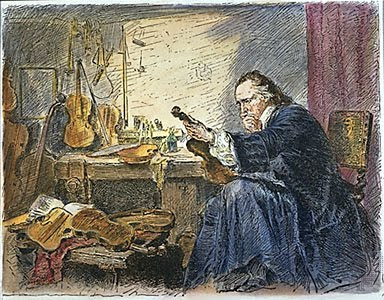Now here is a charity that Knack victims might see as a good cause --
I'm Dan Werthimer, the Chief Scientist of the SETI@home project.
You've been identified as a SETI@home volunteer, and I'd like to take this opportunity to thank you for your efforts. I also want to preview our plans for 2010, and ask for your financial support.
SETI@home is a unique global collaborative project that uses spare cycles on personal computers to help search for signals of extraterrestrial origin. Our vision to embark on this grand search is over ten years old, and continues to engage volunteers such as you from all over the world.
In order to improve SETI@home in 2010 and accomplish our scientific goals, we are reaching out to our volunteers for financial support, as this venture is largely funded by individual donations.
Our goals for 2010 include:
- Deploy and refine the Near-Time Persistency Checker (NTPCkr) which makes SETI@home more efficient in identifying candidate signals.
- Develop a web based system that will allow volunteers to view, as well as help in the ranking of, candidate signals.
- Expand the frequency coverage of our search beyond the current 2.5MHz band.
- Improve how we identify and reject Earth-generated radio frequency interference (RFI).
With your financial support we can accomplish all these goals in 2010.
We would greatly appreciate any donation amount you can afford, and your gift is tax-deductible.
Thanks again for your time and consideration of SETI@home. Your effort and donations are what make this venture possible.
Sincerely,
Dan Werthimer
SETI@home Chief Scientist
Space Science Laboratory
University of California, Berkeley
PS: if you'd like to donate via check or wire transfer, please see instructions here.
 I mentioned Antonio Stradivari in SolderSmoke 120, but I felt a bit guilty about it, because there wasn't much of a connection to radio. But Nick, KB1SNG, has come to the rescue. Nick sent me this interesting article that discusses POSSIBLE connections between the quality of Stradivari's violins and the sunspot count. Check it out:
I mentioned Antonio Stradivari in SolderSmoke 120, but I felt a bit guilty about it, because there wasn't much of a connection to radio. But Nick, KB1SNG, has come to the rescue. Nick sent me this interesting article that discusses POSSIBLE connections between the quality of Stradivari's violins and the sunspot count. Check it out:

























